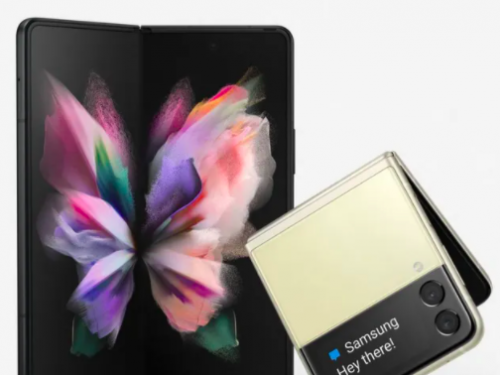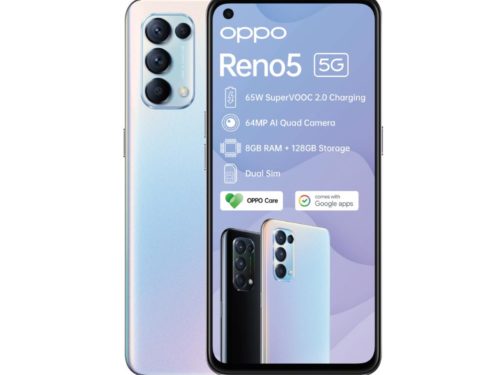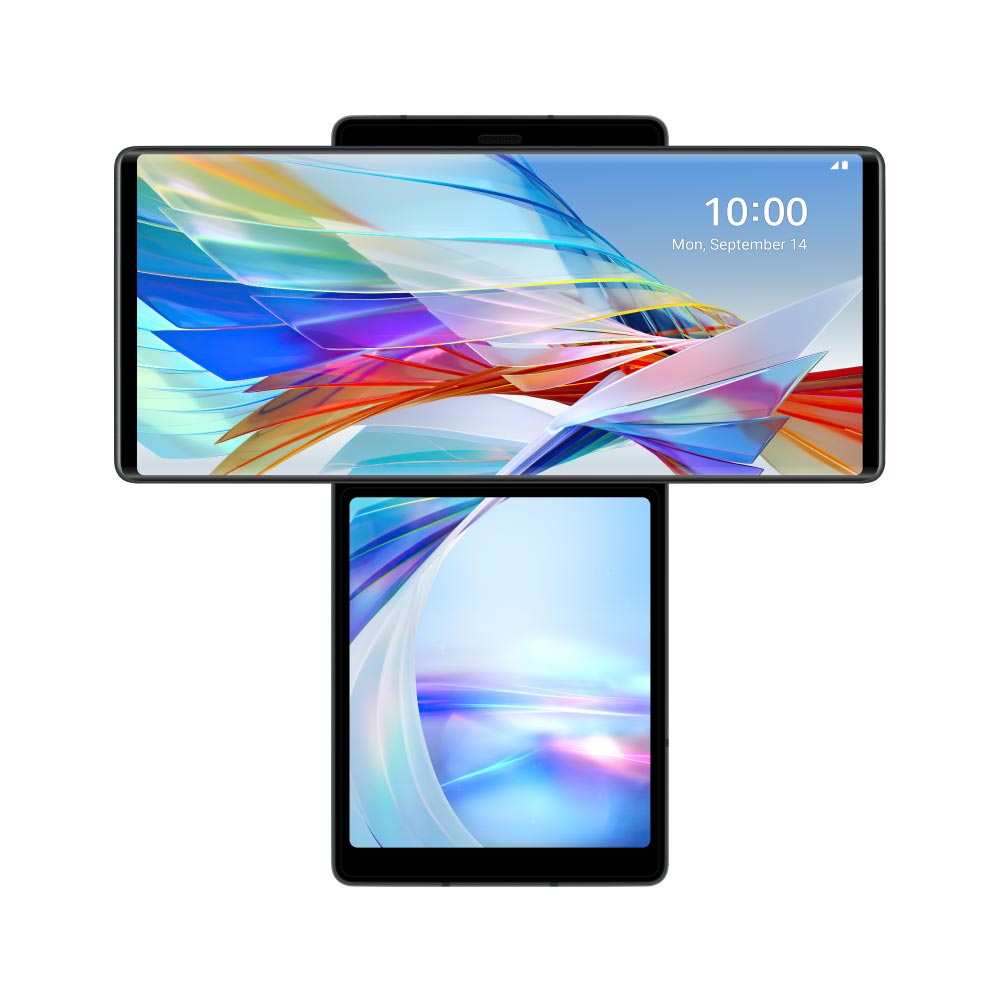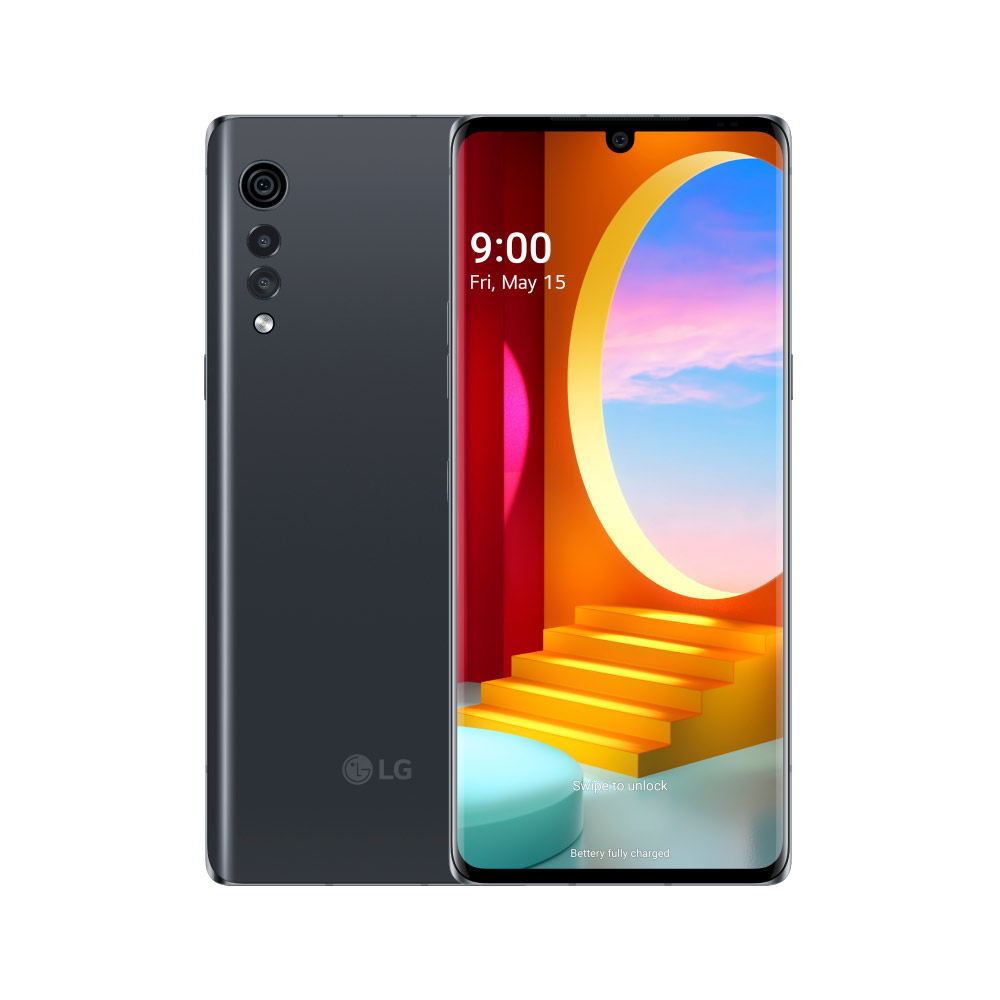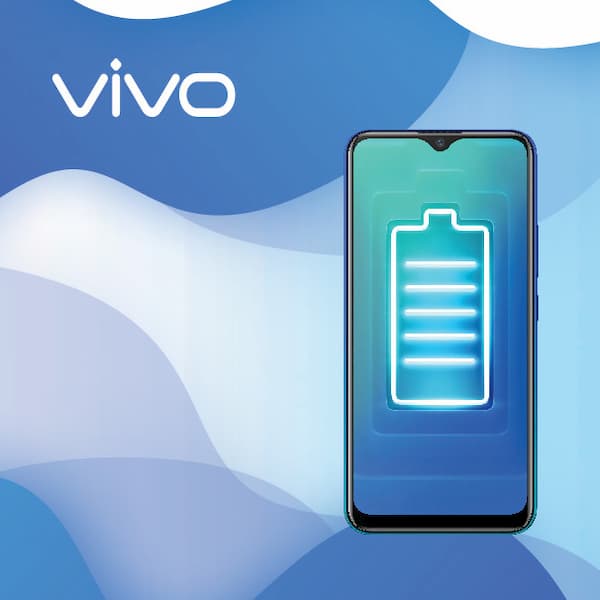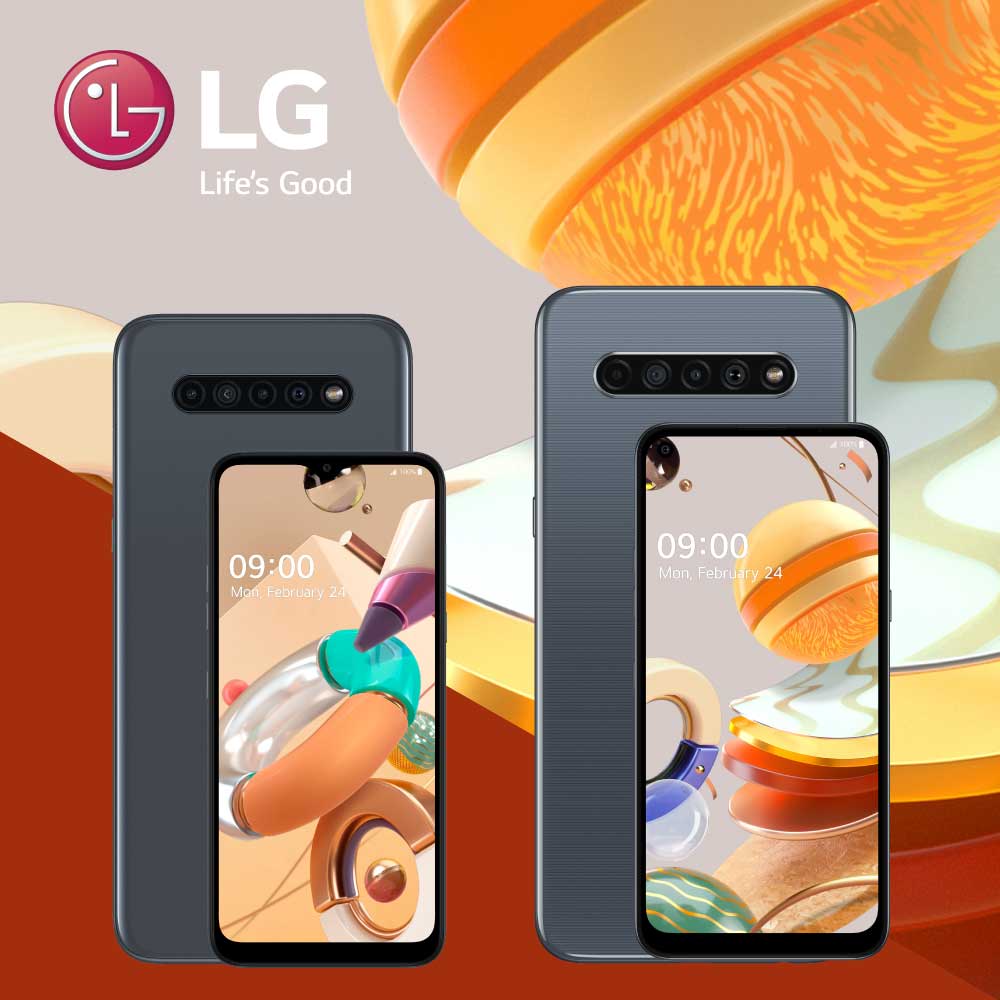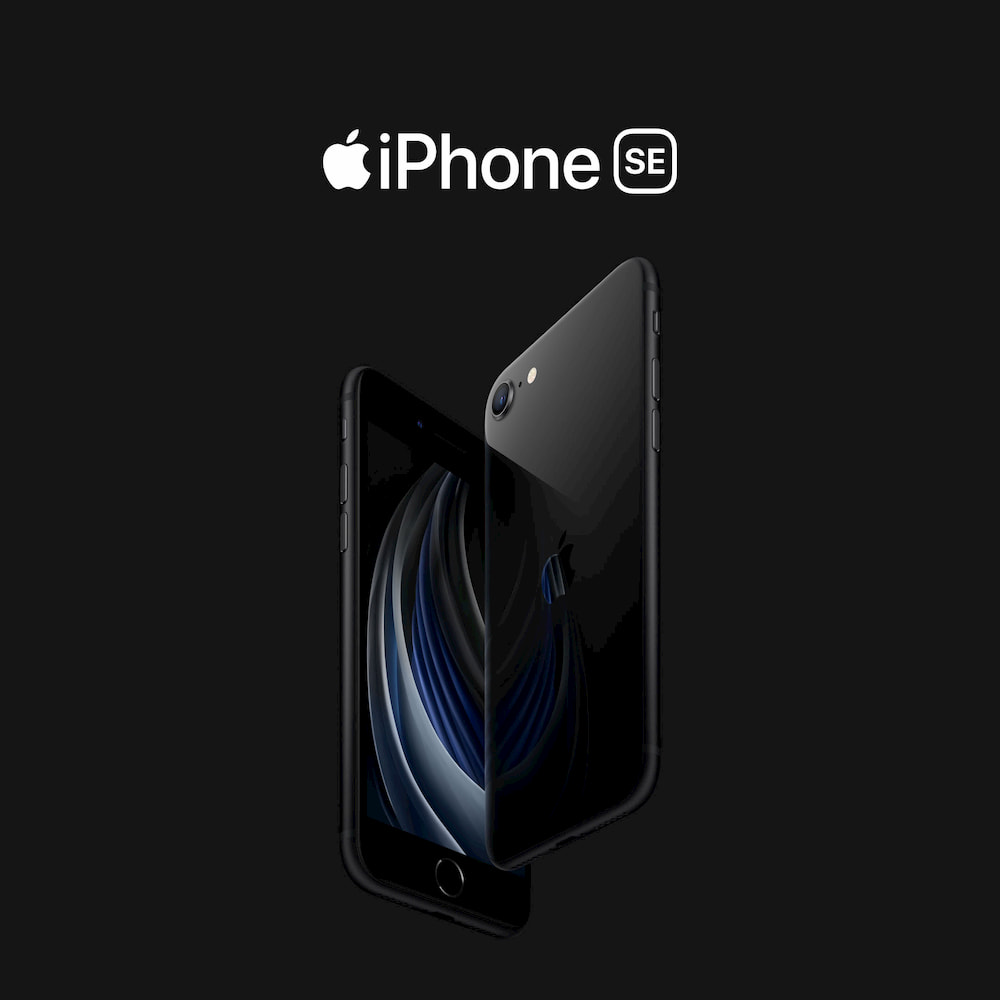With the launch of the new Samsung Galaxy Gear S3 Frontier comes the advent of a new buzz word in the cellular industry – e-SIMs. Although there is no word on mass network adoption, the e-SIM is sure to be a real game changer in mobile network technology.
We know SIM cards are essential for a phone (or smart device) to work. So, what is a SIM card really? Have you ever thought about it?
SIM cards contain information networks required to identify and authenticate a mobile subscriber. They are also encoded with network specific information for the phone, for example the network internet settings unique to a network provider. Basically a SIM card identifies a user to the network and identifies the user network to a handset.
Most of us know how frustrating it can be when our SIM stops working, our phone get stolen, we upgrade or if we need port to another network. It means we need to go to an outlet to pay for a SIM swap to be processed and a new SIM encoded. Things get heated because there are different size SIM card, and different processes. Why can the chip not just be embedded in a phone?
Enter the e-SIM
Moving forward GSMA (the association that represents all network operators worldwide) are promoting the e-SIM as new industry standard. As a user you will create an e-SIM profile linking your cellphone number, network account and the mobile device you want to use. Because you control your e-SIM profile, moving between devices and even mobile networks will become so much easier.

Worthwhile noting is that the concept of the e-SIM differs from the previous incarnation of one number one phone which exists with some overseas operators. To explain more simply some network providers programme the number to the phone but limits the number to only work on that particular phone.
While limited networks have begun piloting the e-SIM, it has yet to gain serious traction among GSM networks. There are also still concerns about formalising standards and processes with cellular networks – Things like Porting, Twin-call and dual SIMs and data SIM
It may take a push from brands like Apple and Samsung to force networks to make the switch, but from a consumer perspective this is definitely a step in the correct direction.
